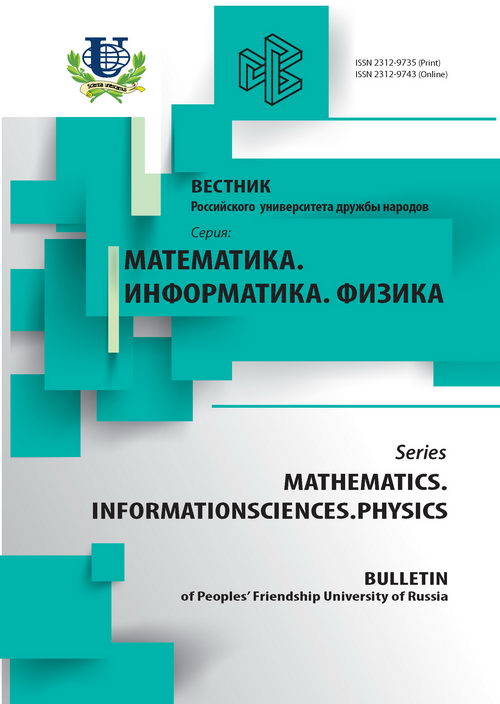Abstract
The aim of this paper is to expand the stochastic model of RED (Random Early Detection) for the case of AURED, SARED and GRED queue service disciplines, as well as the verification of numerical simulation results with NS2 software. A stochastic model is based on the a system of three Ito stochastic equations. The numerical solution is carried out using stochastic Runge-Kutta methods with weak convergence of the second order.Software package for the numerical simulation written by authors in Python version 3 using libraries NumPy and SciPy. The article describes in detail the components of software package. For simulation we use open source software package for modeling Computer Networks NS2. In this article, the authors briefly describe those moments that touch queuing disciplines, not dwelling on the general description of NS2. The simulation results are presented as a plot of the average queue length and the current queue length as functions of time. Based on the analysis of the graphs, it is shown thatthe simulation and Numerical simulation gave qualitatively related to each other results.
















